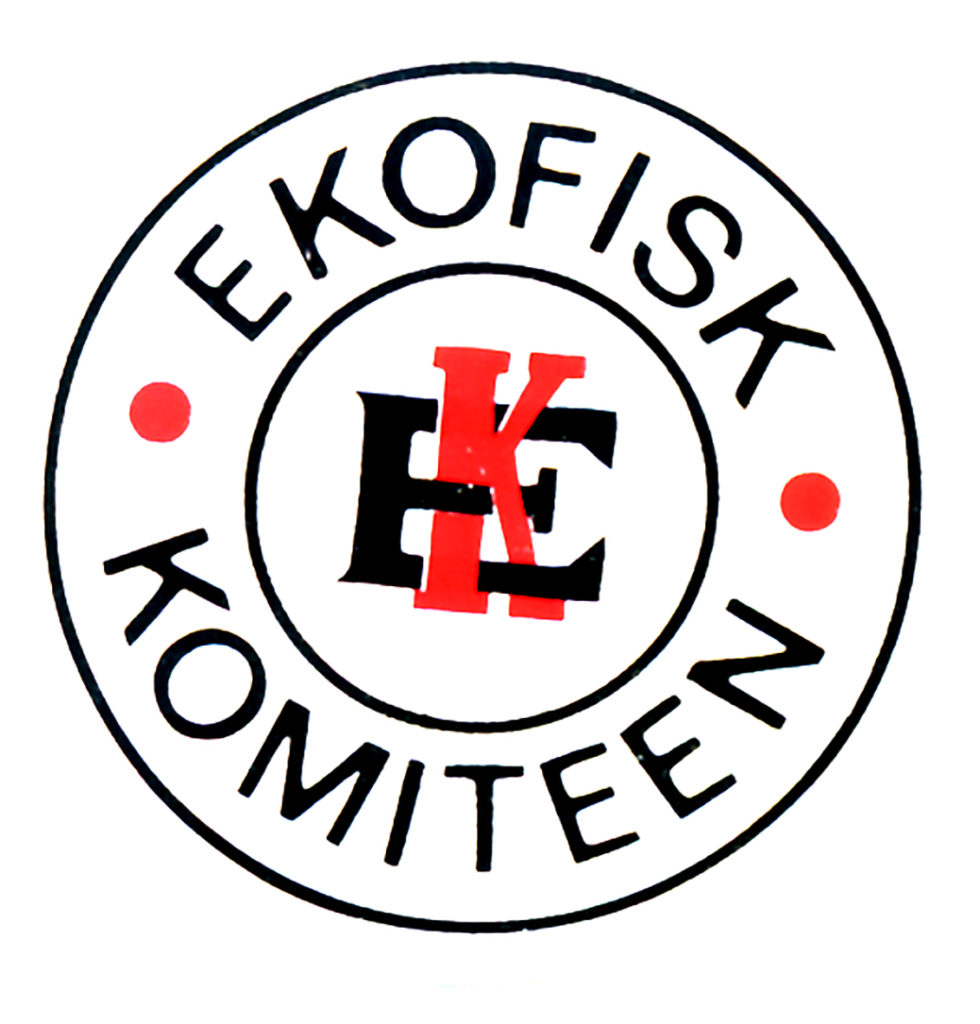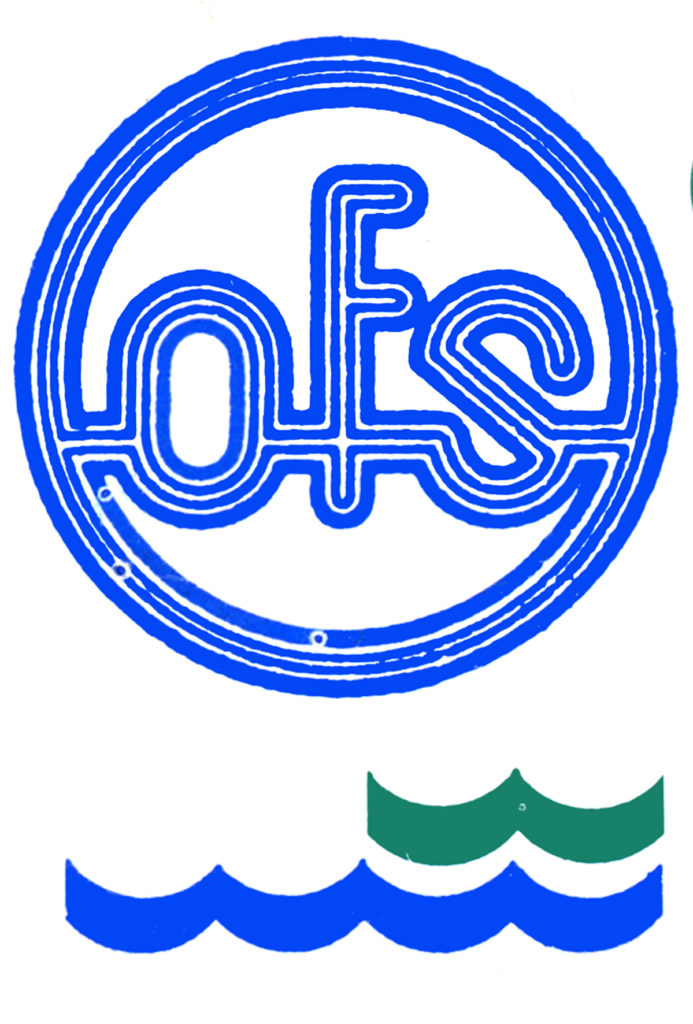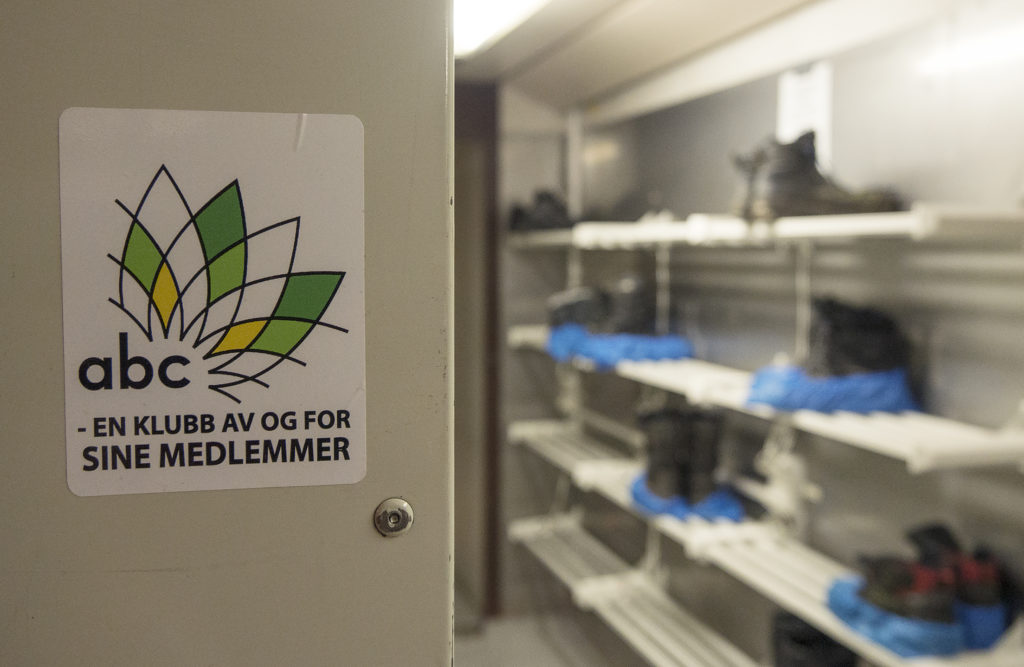Ekofisk Committee merges with Nopef

This followed a ballot of the members on 1 December that year, when a big majority voted to leave the Federation of Offshore Workers Trade Unions (OFS).[REMOVE]Fotnote: NTB, “Ekofisk-Komiteen inn i NOPEF”. 1 December, 1998.
The union had already entered into a collaboration agreement with Nopef – part of the Norwegian Confederation of Trade Unions (LO) – in 1996 and became an associate member in 1998.

So the question is why the Ekofisk Committee withdrew from a federation it had taken the initiative to establish in the first place. Failed strikes, well-organised employers and a divided leadership all played a part in the OFS break-up. To understand why the Ekofisk union made such a drastic choice, a look must be taken at how the organisation had been built up.
It was established as an in-house association for Phillips employees on Ekofisk in 1973, and joined forces in 1977 with similar bodies for Mobil and Elf. They formed the Collaboration Committee for Operator Unions (OFS), an independent union without affiliation to the LO or other established federations. In fact, it was more of a contrast to the Labour-Party-aligned LO. Member associations negotiated separately with their respective operator companies, which meant pay and working conditions varied widely from company to company.[REMOVE]Fotnote: Gunnarsen, Harald, Fagforeninga som ikkje let seg temje, Unpublished MSc thesis, University of Bergen, 2012.
The OFS expanded and acquired the status of a national labour union organisation in 1980, becoming not least a strong competitor to Nopef. Its fundamental difference from Norway’s established union movement lay in its mode of action – grassroots activism and a willingness to strike.
The OFS demonstrated its readiness to have a fight at the first opportunity offered, with stoppages on Statfjord which were deemed illegal under Norwegian labour law. That marked the start to a long series of strikes – and this willingness to take action proved to pay off. The 1981 settlement secured pay rises of 30-35 per cent.
The union had demonstrated an uncompromising attitudes and its ability to hit where it hurt – shutting down all Norwegian oil production at short notice. That conferred much greater power than its membership might have suggested.
Started with a strike
Industry in 1990 was characterised by increasing globalisation, market liberalisation, outsourcing of services, short-term project jobs and contractor activity. Norway was hit at the time by an economic crisis and its highest jobless totals since 1945. High and lasting unemployment in the late 1980s put a stop to the credit-funded boom of the mid-1980s, while oil prices slumped in 1986. A new consensus emerged on the division of labour in economic policy. Employers and unions would ensure moderate pay deals, while financial policy sought to hold unemployment down.
After two years with an incomes freeze in 1988-89, inflation had been slowed and free pay talks were again permitted. But the LO wanted to maintain this moderate approach rather than returning to the unfortunate trends of the 1980s.[REMOVE]Fotnote: Kleppe, P, Solidaritetsalternativet – fortid og framtid, Fafo report 279, 1999. Downloaded from https://www.fafo.no/images/pub/1999/279.pdf.
Attitudes were different in the OFS. Expectations ahead of the 1990 pay settlement were high, with workers demanding a reward for the restraint they had shown earlier. The mood at grassroots level in the OFS was for a return to the approach taken in 1981, which involved striking to secure better terms whether or not the stoppage was illegal.
The negotiations were tough and, after mediation and a meeting with the minister of labour, the OFS downed tools. Compulsory arbitration was imposed within 36 hours. This move was expected, but its speed took the workforce by surprise. With the OFS losing control over its own ranks, the offshore workers continued an illegal stoppage. The employers were well prepared, and ensured a minimum staffing.
As many managers as possible were deployed offshore, the phones were cut off in some places and several companies, particularly state-owned Statoil, threatened dismissals.
After a week, the employees had to accept a crushing defeat. The reprisals which followed laid the basis for long-lasting bitterness between the OFS and the operator companies – but also reduced the willingness to strike. Twenty-eight workers were dismissed, including 20 in Statoil. The latter said it would only reinstate those fired if the OFS took disciplinary action against the real strike leaders.
While the union accepted that, it created dissatisfaction among the members. The OFS leadership was therefore forced to resign. In 1990-96, the period dominated by the “solidarity option”,[REMOVE]Fotnote: This term describes Norwegian income policy in 1992-97, which involved a combination of moderate pay rises, job creation schemes, simplification of official regulations, educational measures, and a stabilisation of the Norwegian krone. most pay settlements were achieved without conflicts. However, that did not mean calm prevailed – the unions fought hard with each other. But the OFS had been weakened by the 1990 strike and the internal split never fully healed. On the contrary, it created the basis for later developments.
Internal conflicts get the upper hand

The OFS was now hit by internal strife. Conflicts had arisen between individuals, south and north in the Norwegian North Sea (Ekofisk Committee versus Statfjord Workers Union – SAF) and between large and small branches.[REMOVE]Fotnote: De Facto, “Ved en skillevei”, March 1996.
One of the most difficult issues concerned expansion of the membership base. The question was whether contractor personnel doing work in the North Sea were to be accepted. Initially confined to operator employees, the OFS had also come to organise various groups of contractor workers who were employed on the NCS.
The future form of the union’s organisation was discussed both centrally and in the branches. But the executive committee decided on 20 August 1995 that the debate would be conducted at OFS level. A committee was appointed to prepare this issue for a decision by the national conference in 1996 on broader organisational affiliation. Both the LO and the Confederation of Vocational Unions (YS) are national federations. The first has traditionally had close ties with the Labour Party and is organised with each member union embracing everyone in a specific industry.
For its part, the YS is independent of political parties and embraces unions organised on the basis of either occupation or industry. Both the OFS – later the Norwegian Union of Energy Workers (Safe) – and Nopef – which became the Norwegian Union of Industry and Energy Workers (Industry Energy) – aimed to organise all employees in the energy sector.
The SAF, with president Terje Nustad in the lead, launched a campaign to join the YS. It otherwise threatened to leave the OFS, which would be weakened by the loss of its largest branch.
Last strike
In the middle of this power struggle, the OFS decided to organise land-based employees in the construction and maintenance sectors who worked offshore for periods. The union also resolved to stage a strike in order to achieve a separate collective agreement on pay and working conditions for these groups.
However, the unionised construction and maintenance workers were not strong enough on their own to deploy the strike weapon with a hope of success. To win, the strongest weapon had to be wheeled out. Oil production on the NCS had to be halted, which meant the OFS calling out operator employees in a sympathy strike.
This stoppage was due to start on 16 April, but the union leadership forgot to notify the branches concerned. That sparked sharp reactions from the Ekofisk Committee and others.

The first attempt at a sympathy strike was thereby halted on the grounds that the planned stoppage had not been approved by the executive committee. As a result, the strike was postponed until 4 May with the exception of two branches – the Ekofisk Committee and the ABC on Valhall.
The first of these decided in April 1996 not to take part. It did not want to join a stoppage which hit installations its own members worked on when it had not been a party to the decision. It pointed to statutes adopted in 1993, which gave the Ekofisk Committee a veto. The OFS called this strike-breaking, and failure to comply with a legally approved stoppage.
Exclusions – beginning of the end
The OFS followed up excluding all executive committee members in the Ekofisk Committee and the ABS from the central committee because they were not prepared to accept the strike order. As a result, the Ekofisk Committee executive chose to regard the union as excluded from the OFS. It thereby applied to join Nopef.
The dispute between the Ekofisk Committee and the OFS was resolved by a compromise settlement in the Gulating Court of Appeal on 18 March 1998.
Emergency helicopter landing at SolaRedundancies follow oil price slump